Palmetto Bluff Real Estate Company Sales Office
Office Hours
Monday-Friday 9am - 5pm
Saturday 9am - 4pm
Sunday 12 - 4pm
Saturday 9am - 4pm
Sunday 12 - 4pm
I am driving through the predawn dark, trying to find the office of Jay Walea, the longtime Director of the Palmetto Bluff Conservancy. It’s a warm morning in late May, my windows are down, and I’m listening to that peculiar Southern woodland bird, the chuck-will’s-widow, chanting his name in the echoing dark. When I eventually pull up, Jay is sitting out front, lights off, evidently tuned in to the same familiar birdcall. After a brief “good morning,” we pile into his truck and head out to I-know-not-where to survey the woods.
As we drive, Jay gives me a brief local history lesson. In the late thirties, Palmetto Bluff was purchased by the Union Camp Corporation, a pulp and paper company with its largest of four mills located in Savannah. In the sixties, the Union Camp biologists developed a wildlife and forestry management plan for the Bluff. “They were way ahead of the game,” Jay tells me as he accelerates alarmingly fast down a dirt road, flashing his headlights at a suspected trespasser who ends up being an eager early-morning birder. Without skipping a beat, he continues, “We’ve really never deviated from their original plan—because it’s worked so well. I’ve been implementing it ever since.”
Jay has become an important part of the bluff’s history himself, having dedicated more than thirty years to the conservation of the property. While the focus has shifted away from timber harvesting, his steady hand and thoughtful management have maintained the abundance of wildlife enjoyed by homeowners and visitors to the property today.
The key to that natural abundance, according to Jay, is two pronged: prescribed fire and wildlife corridors. Before his time, the Union Camp biologists had proposed corridors running the entire length of the property—north to south, east to west—that allowed wildlife uninterrupted habitat through which to move. “In the early days we were harvesting timber. We might cut ten or fifteen acres, but there’d be a travel corridor on one or both sides that would allow wildlife to flow freely across the property,” Jay says, pulling his truck up short and stepping out into a deepen-green field of highbush blueberry. “Look at this,” Jay instructs me. “All of these plants are going to throw blueberries. That’s feed for tons of birdlife, tons of wildlife. Just by lighting a fire. And it’s right here in the travel corridor.
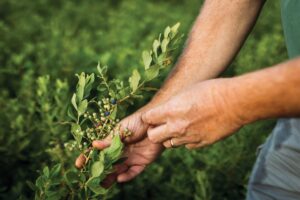
Fire is the most important management tool in the Conservancy’s toolbox, and the team uses it to great effect. “Our management is geared towards the Eastern wild turkey,” Jay says over his shoulder as we walk through blueberry and fern. Turkeys are known as an “umbrella species” because, due to their diverse habitat and food requirements, if the turkey is thriving, everything else in the ecosystem will likely be as well. “But fire touches every species we have here, from the insects up to our big four-legged mammals.” And the land set aside for wildlife corridors makes up the most intensively managed land under the Conservancy’s stewardship. Whereas other parts of the property might only get burned every three years, these areas are burned annually.
I pause to photograph the landscape, admiring the longleaf and slash pine interspersed with cabbage palmetto and a few mature live oaks. The oaks’ graceful trunks and arching branches are wreathed in resurrection ferns—an epiphytic species that lives symbiotically on the oak- fronds fully fledged after a good rain a few days earlier. As if reading my mind, Jay interjects: “These oaks will drop acorns in winter, an important source of protein during the colder months.” Pine mast—pine seed—is also an important food source for songbirds, who will help propagate the trees through seed dispersal. This open, mixed pine-hardwood forest provides habitat for turkeys, white-tailed deer, rabbits, quail, doves, and many more species.
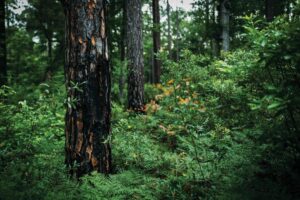
Fire releases new growth, but it also prevents the forest and understory from becoming too dense and, therefore, stagnant. The fact that Jay and I can easily walk among these trees is no accident, and it’s also the reason this particular forest ecosystem is so productive. “So the idea is to have an amazing diversity of plant life out here for all wildlife to benefit from year round,” Jay reiterates as we hike back towards his truck. “We burned this area earlier this year, and now
I see two kinds of blueberry, gallberry, sassafras, red bay, Southern red oaks coming up, and saw palmetto—and that’s just twenty feet from the truck.”
In recently burned areas with particularly good sunlight penetration, like the one we’re walking through, Jay and his crew will go a step further and bring in a tractor and disc the ground. “Discing helps release the dormant seedbed and allows forbs to grow,” Jay says. When pressed, Jay admits with a laugh that forbs is just an “overly scientific name for weeds,” but these weeds have the distinction of being able to pull nutrients from the surrounding soil and stay nutritious the longest. They have also co-evolved with insects to play the crucial role of host plant for butterflies and other pollinator species.
We lean against the Conservancy truck and survey the Conservancy’s work. As if as a reward, a rosy red songbird, contrasting beautifully with its deep-green surrounds, descends from the treetops and pauses on a low-hanging branch before fitting away-the first summer tanager of the season.
Wilson Village, the original development on the property, is like the hub of a wheel with spokes leading off in all directions. The ideal is to leave buffers between developed lots, which function as travel corridors. These spokes eventually connect to the managed forest. “But the only way that this all works,” Jay says, “is for all these corridors to connect to substantially large tracts of land that have been put into conservation in perpetuity. The wildlife needs a destination.”
Prescribed fire plays a vital role in the management of Palmetto Bluff’s forests.
Employed during the cooler months, controlled burning curtails fuel buildup, mitigating the risk of sever fires. Furthermore, it fosters the germination of native species by uncovering mineral layers, invigorating seedling growth, and breathing new life into the forest.
The benefits of controlled burning extend to various aspects of the ecosystem.
Improved wildlife habitats, controlled growth of competing vegetation, and enhanced shortterm grazing forage contribute to a healthier environment. Controlled burning leads to a remarkable surge in species variation and ground cover, transforming the landscape in just a few years.
The historical significance of controlled burn stretches back in time.
Pre-agricultural societies used fire to regulate plant and animal life. Native communities in North America and Australia ignited periodic wildland fires, releasing nutrients for plants, reducing competition, and preventing the accumulation of flammable material that could fuel catastrophic fires.
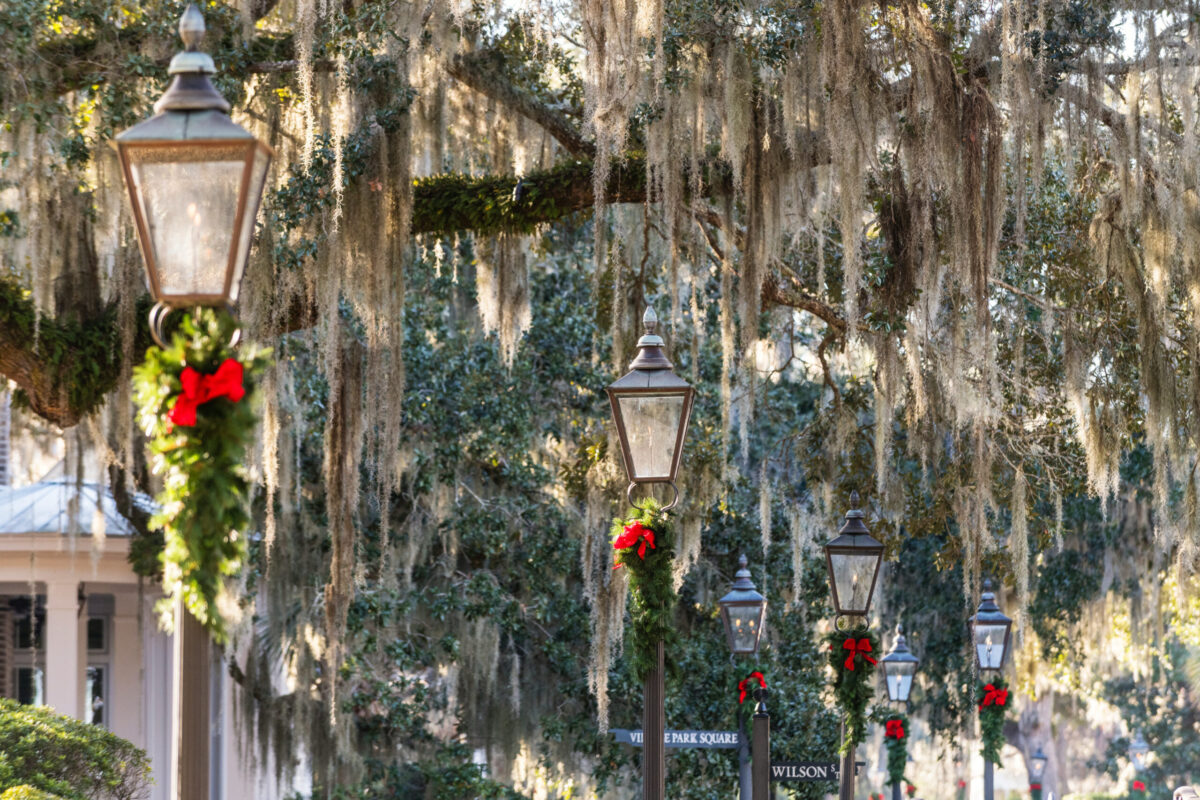
How to Spend a Lowcountry Christmas at Palmetto Bluff There's no better way to start anticipating the holidays than by making plans to spend time with family and friends. Now that the holiday season has arrived, many look forward to embracing the Christmas sp...
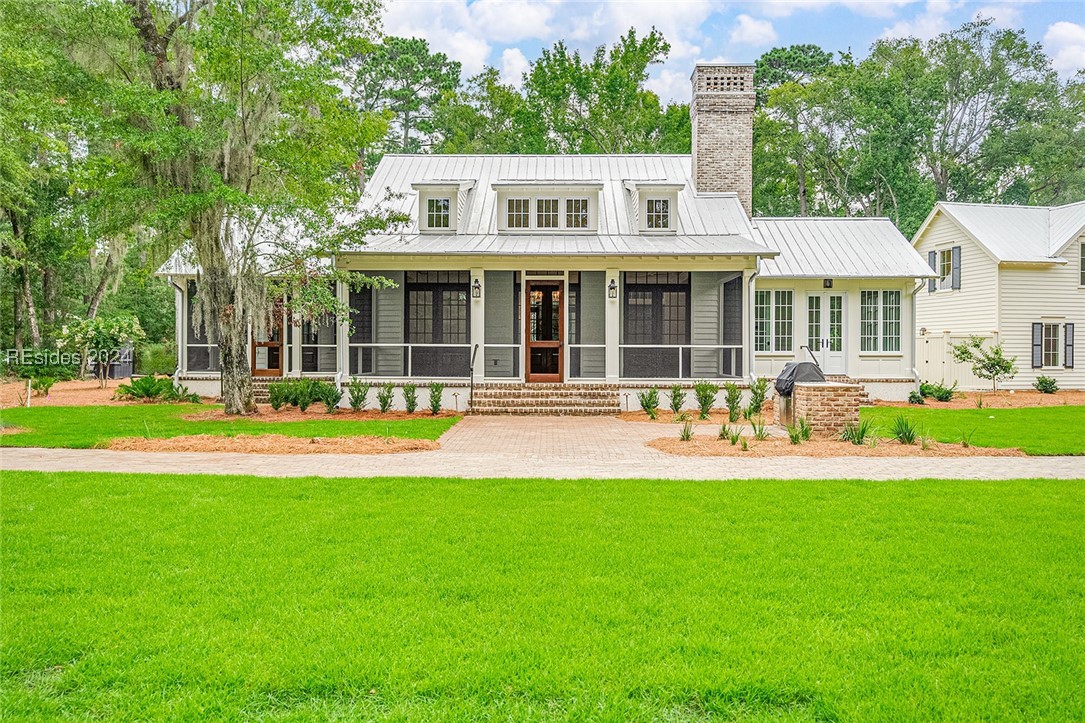
Explore 130 August Lane at Montage Residences Nestled in the heart of the Lowcountry, the Montage Residences at Palmetto Bluff offer an unparalleled blend of elegance, exclusivity, and Southern charm. This private collection of homes sits amidst the lush land...
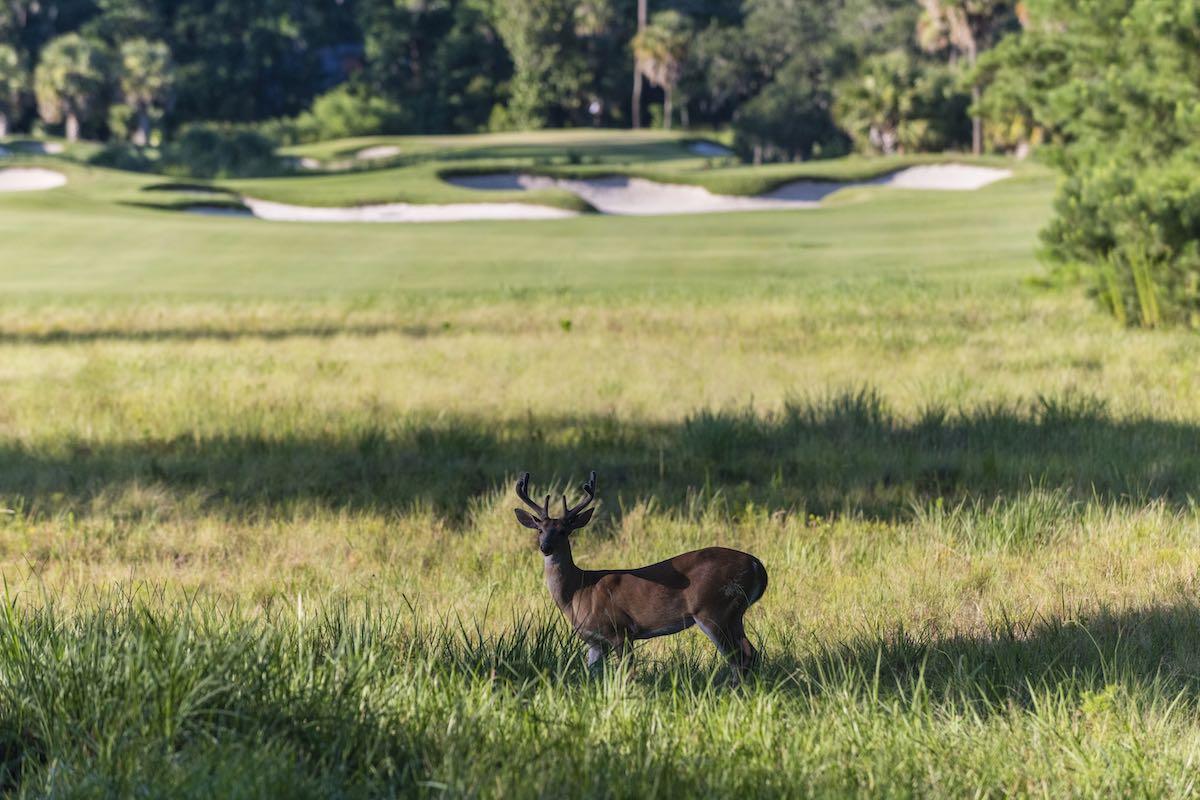
Experience Winter Wildlife This Season at Palmetto Bluff The Lowcountry is a wondrous place to live, not only for its breathtaking scenery and historical significance but also for the wildlife that inhabits it. Winter wildlife in South Carolina includes a wid...

As summer’s heavy air fades into fall’s cool breezes, our resident wildlife are busy preparing for another Lowcountry winter.In the fall, eastern wild turkeys move into habitats mostly dominated by hardwood trees such as oaks, hickories, beeches, cypresses, tu...

The Arts Initiative at Palmetto Bluff hosted an unforgettable evening in the May River Chapel this past October with our visiting Artist in Residence, multi-Grammy-winning singer-songwriter Clay Ross, founding member of the Billboard chart-topping band Ranky T...
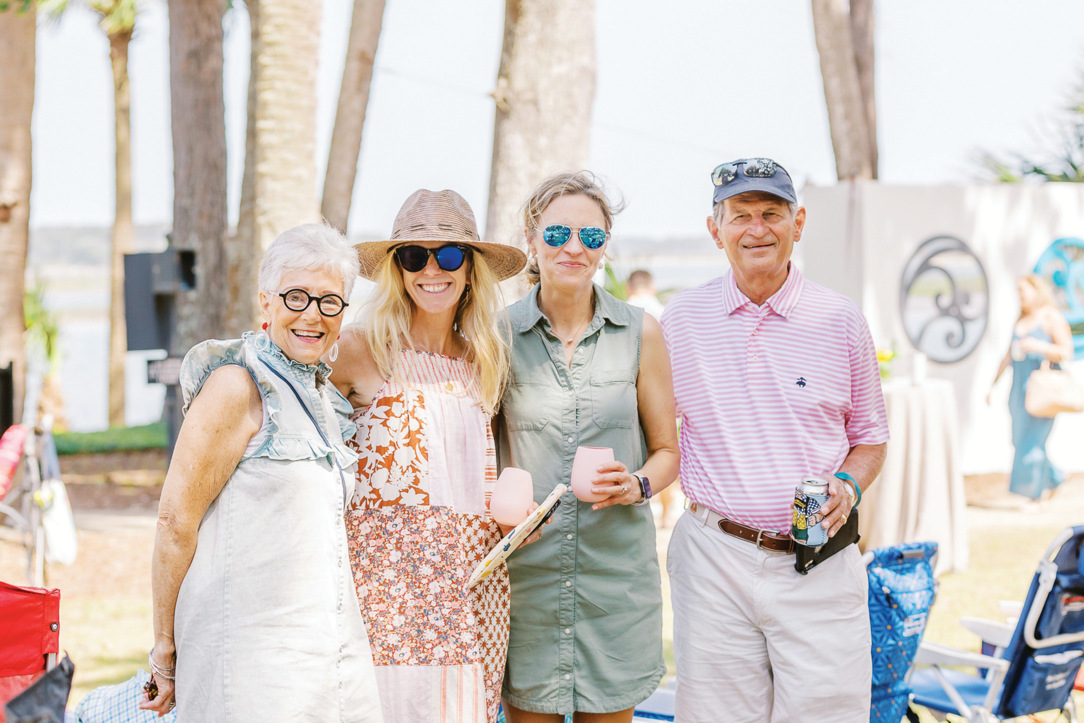
This year’s FLOW FEST was an unforgettable celebration of art, music, and community spirit. Held on a stunning autumn afternoon by the May River, our third annual arts and music festival, hosted by The Arts Initiative at Palmetto Bluff, brought together friend...
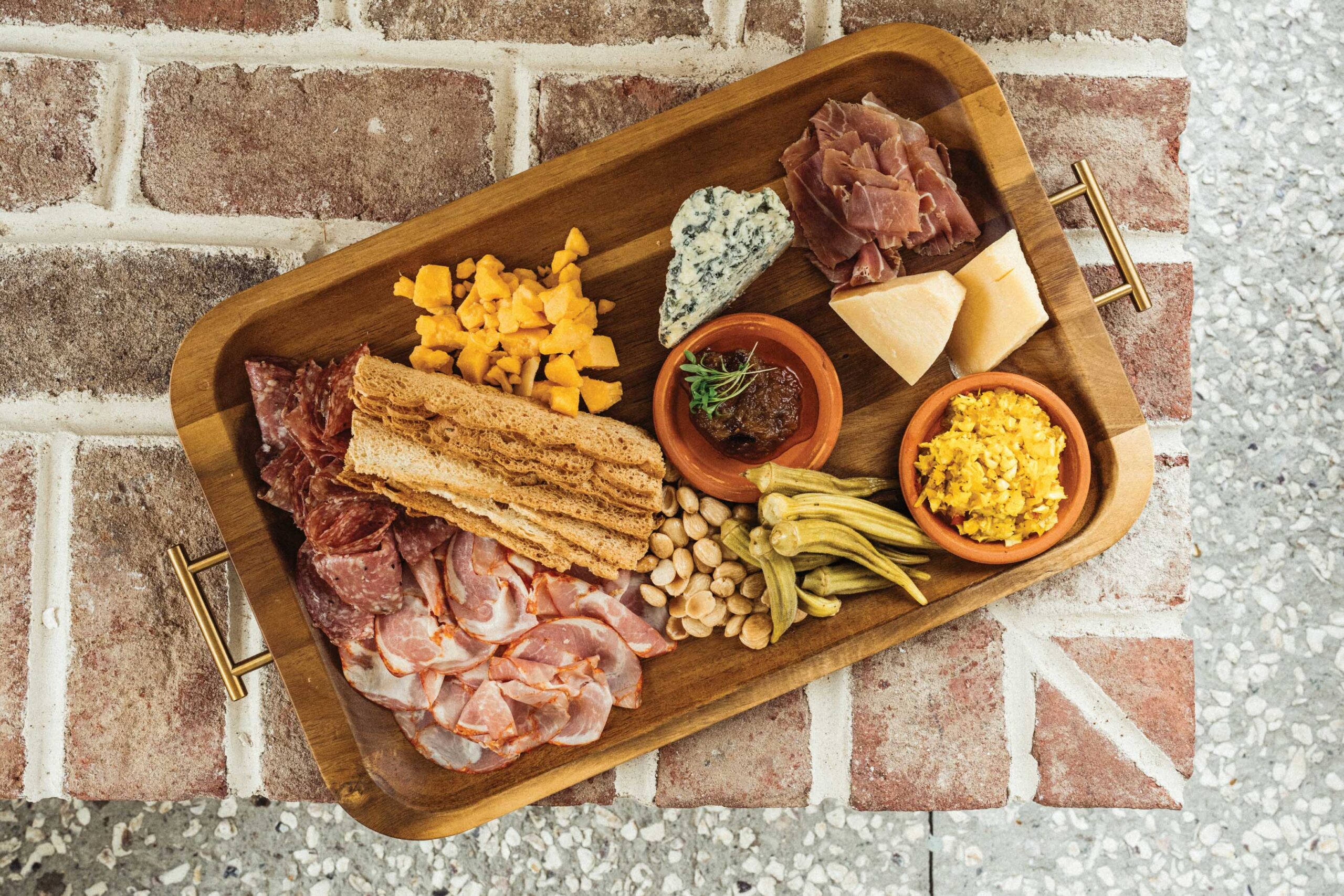
Recipes by Palmetto Bluff Club Executive Chef Beth Cosgrove Photographs by Lawson Builder Pickling Through the Centuries Pickling dates back over four thousand years to ancient Mesopotamia. Early picklers discovered that soaking perishable foods in brine or v...

Martin’s Journey to the Palmetto Bluff Racquet Club At Palmetto Bluff, tennis and pickleball enthusiasts are fortunate to have a dedicated and passionate leader guiding the vibrant racquet sports scene. Martin Aviles, Director of Racquet Sports at the Wilson ...
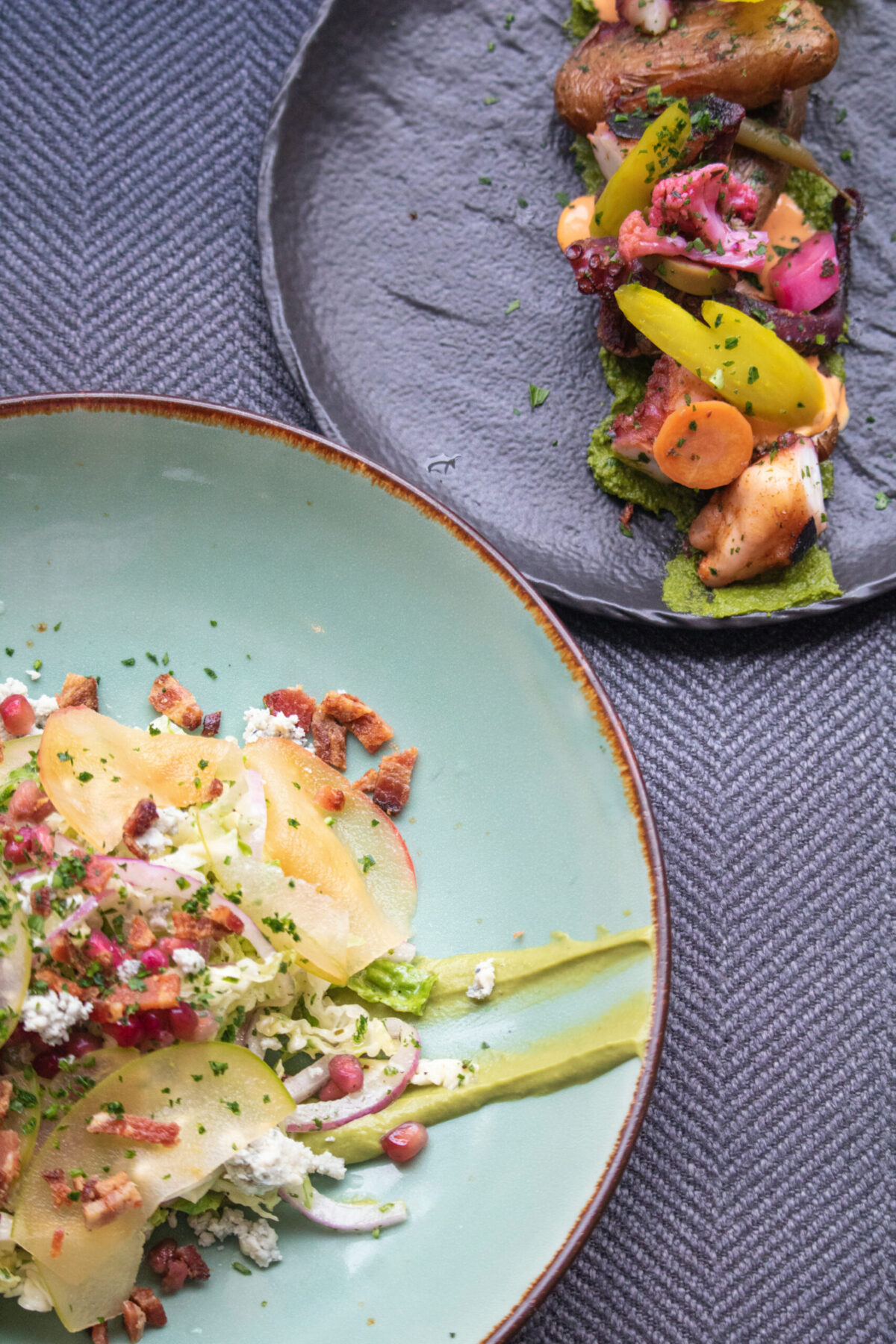
Palmetto Bluff’s farm offers a unique opportunity for residents and guests to experience the Lowcountry’s rich agricultural heritage. The farm provides fresh, seasonal produce and herbs used in restaurants across the Bluff, bringing the concept of farm-to-tabl...
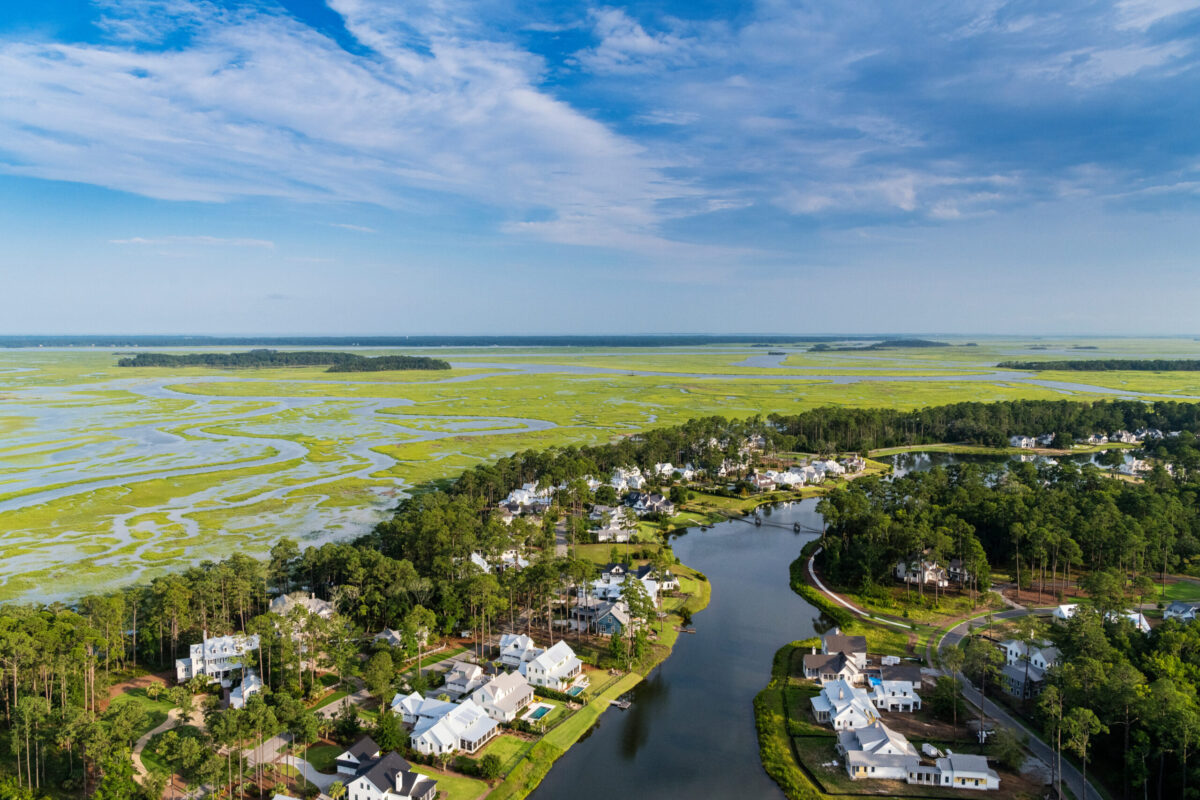
Palmetto Bluff Homes for Sale on the Inland Waterway Tucked within the serene beauty of Palmetto Bluff, homes along the inland waterway offer unparalleled access to nature and luxurious living. With private docks, expansive outdoor spaces, and custom designs,...
Learn about the Palmetto Bluff Conservancy and how we keep the vision of our land in place.
On land or water, there is an ever-evolving variety of activities.
We do not attempt to independently verify the currency, completeness, accuracy or authenticity of the data contained herein. All area measurements and calculations are approximate and should be independently verified. Data may be subject to transcription and transmission errors. Accordingly, the data is provided on an “as is” “as available” basis only and may not reflect all real estate activity in the market”. © [2023] REsides, Inc. All rights reserved. Certain information contained herein is derived from information, which is the licensed property of, and copyrighted by, REsides, Inc.